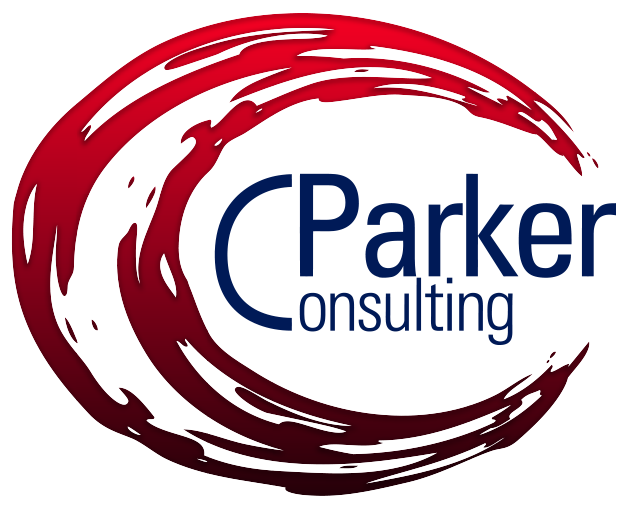Position the "Re"
/As we prepare to reenter the workplace, my research is showing me a myriad of words beginning with “re.” As a business owner, I’m told I need a reentry plan in order to reengage and reboot my workforce so employees can recommit. “Re” is an interesting pre-fix that takes an action verb and forms it to go “back and do it again.” This blog is not an English lesson, but the prefix did start me thinking about what it could mean for teams.
There are lots of different ways my clients are reinventing themselves post COVID-19. Many organizations are using a phased approach based on personal employee comfort; some of my clients are closing out leases and staying virtual with office hoteling as needed; and some are forming a hybrid model. Regardless of the approach, the workplace will look and feel very different – maybe not a “re” at all, but a full on “new!” So, I say, let’s consider a different type way to “re.”
Realize: As leaders, we must realize that teams are different now – and that means change. New goals need to be set. Expectations need to be clarified. Realize these changes may require a new structure. Fresh communications policies may need to be written and new technology channels defined (both virtual and in person). Don’t be afraid to implement these changes; they are necessary and good for business continuity.
Recognize: This new workplace calls for recognition – not just “high fives,” but team leads should recognize the new strengths that team members have shown during the work from home environment. Take inventory of these skills and positively exploit them. On the other side, be sure to recognize and address burn-out as new changes begin to take shape.
Relationships: Work relationships are a gift – especially if you find that one person you truly connect with. But, even if you don’t have that work “best friend,” (from Gallup Engagement Poll), look for ways to show care and concern. With a new workplace comes new stressors. Consider the work-life balance needs during this transition period. Have contingency plans for the unknowns. For example, what if there is surge of new COVID cases – how quickly can your team pivot? What if daycare or colleges suddenly shift? Show compassion by talking with (not prying) your team members to foster positive relationships.
Leading teams in the new workplace will call for new skills. Use these “re” words to reimagine what is possible as you get started!





